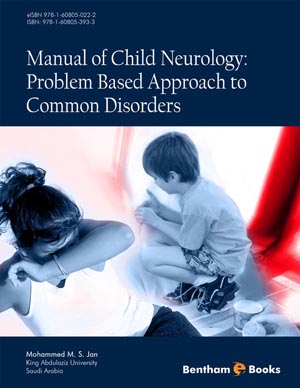Abstract
Brain death implies the permanent absence of all cerebral and brainstem functions. The diagnosis of brain death is usually made clinically. The criteria require the occurrence of acute and irreversible CNS insult. Drug intoxication, poisoning, metabolic derangements, and hypothermia should be corrected for accurate brain death evaluation. At least two expert examiners are required to make the brain death determination. It is advisable to involve an independent examiner not involved in the patient's care or the recovery of donated organs. The objective of this chapter is to present updated guidelines for the process of brain death determination. All brain and brainstem functions should be absent on neurological examination including cerebral response to external stimuli and brain stem reflexes. An apnea test should be performed in all patients. However, if the clinical criteria cannot be applied, other confirmatory ancillary tests are required, particularly EEG and radionuclide scan. They are also needed to supplement the clinical assessment in young children. EEG is more reliable in the setting of hypotension or with disorders that lower intracranial pressure. While tests of brain blood flow are preferred in the setting of hypothermia, metabolic, or drug confounders.
Keywords: DNR, Resusitation, Brain death, Criteria, EEG, Isotope scan, Conciousness, Unresponsiveness, Vegetative, MRI, Ventillation.






















